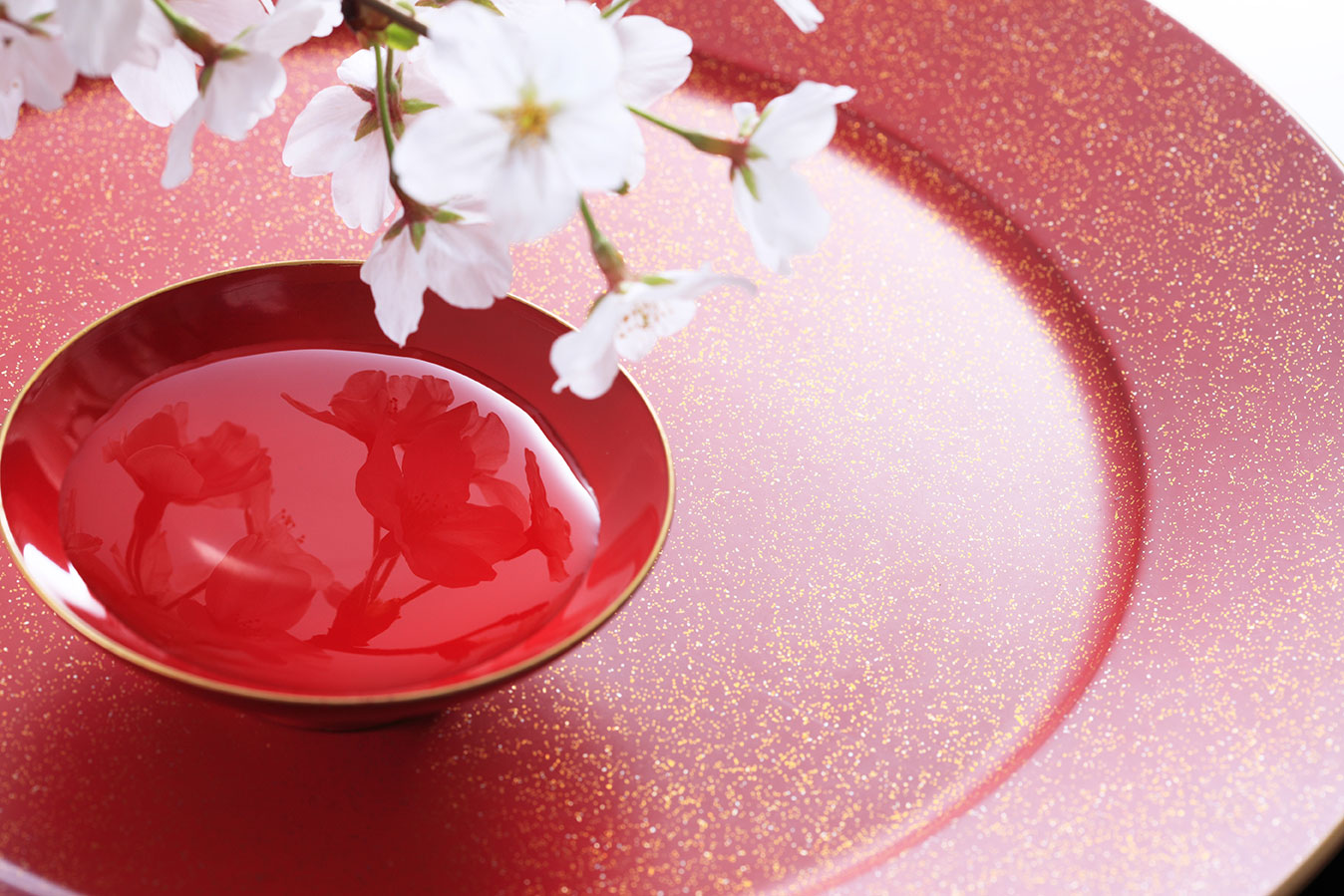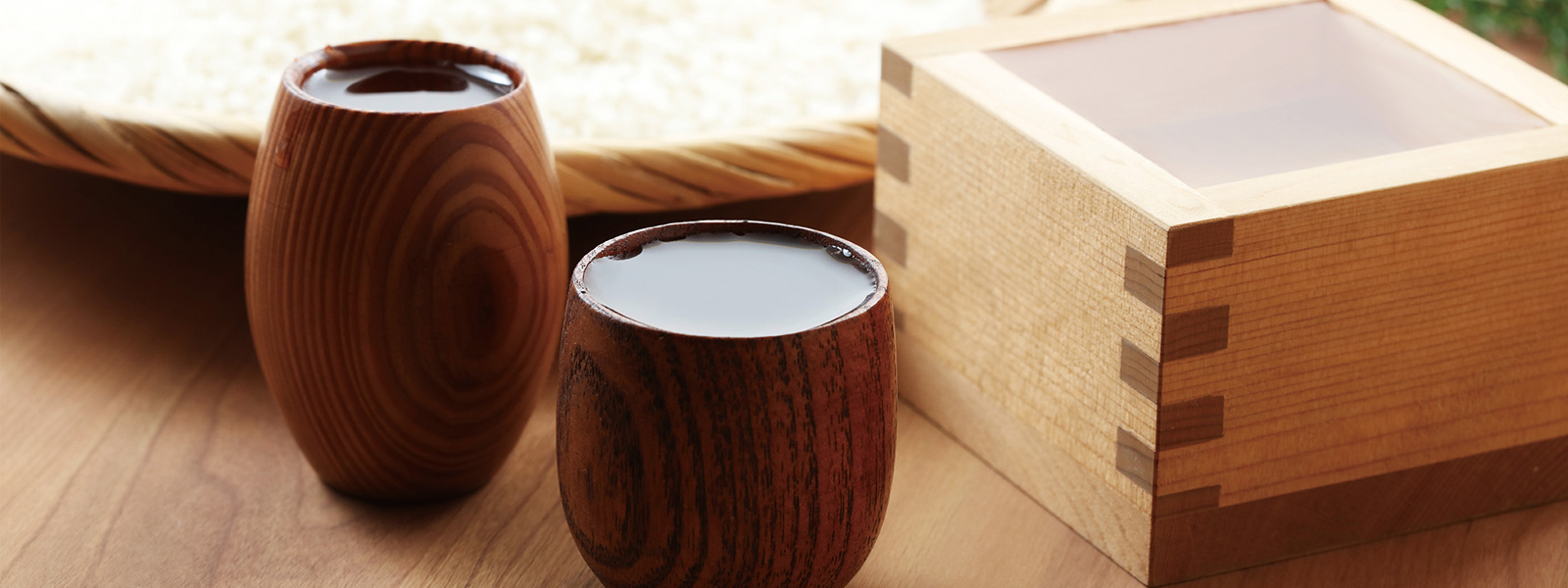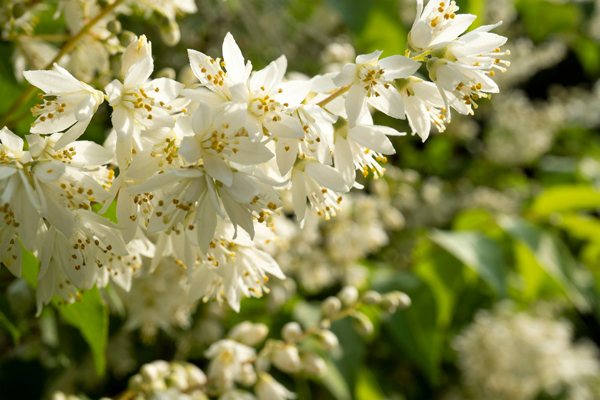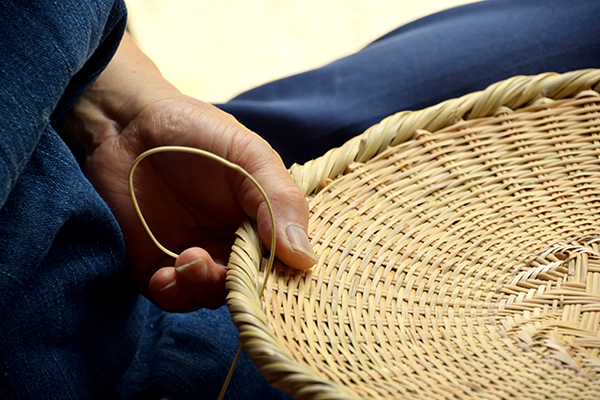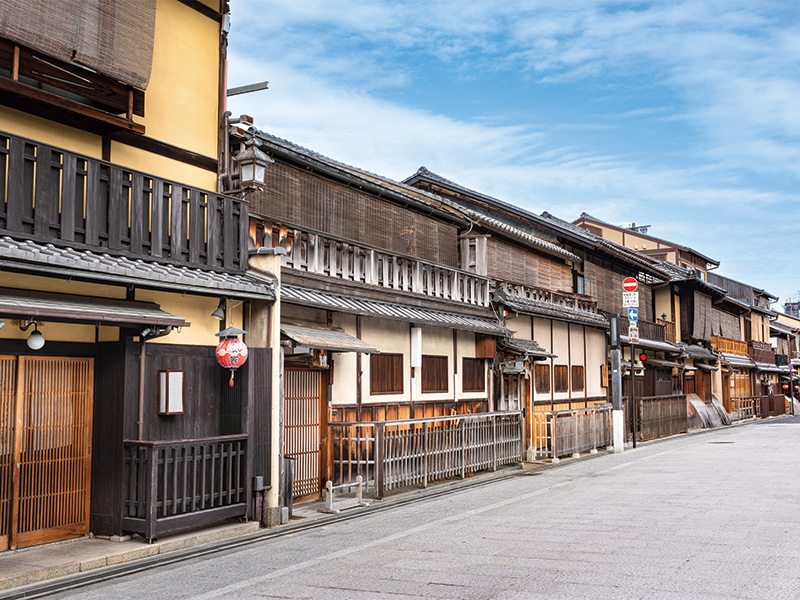With seasonal ingredients in abundance, many people enjoy pairing their favorite Japanese sake with delicious food. This article will introduce how to choose sake ware that enhances the flavor of Japanese sake.
“Choshi” and “Tokkuri” Are Different Types of Sake Ware!
What kind of sake ware do you usually use for drinking? Sake ware comes in various materials and shapes, including ceramic, tin, and glass. First, this article will introduce the sake ware used for pouring sake.
・Choshi
Originally, “Choshi” referred to a metal or wooden ladle-like sake ware with a long handle and a lid. The sake poured from a choshi would first be placed in a sake ware called “Hisage,” then transferred to a “Tokkuri,” and finally poured into a sake cup (sakazuki). Additionally, in the set of three court ladies san-nin kanjo of Hina dolls, the court lady on the right holds a choshi, while the one on the left holds a hisage. Later, hisage with a lid came to be called choshi, and sake was poured directly into a cup or small sake cup (ochoko). Today, choshi is still used in ceremonies such as the san-san-kudo in weddings.
・ Tokkuri
A tokkuri is a sake ware with a narrow mouth and a wide, round body. There are various theories about the origin of the name “tokkuri,” one of which is that it comes from the sound “tokuri, tokuri” made when pouring sake. Nowadays, the typical capacity of a tokkuri is one go (180ml) or two go (360ml), but in the past, tokkuri had larger capacities ranging from one sho (1800ml) to three sho (5400ml) and were often used for storing and transporting liquids like sake, soy sauce, and vinegar, or grains. In the Edo period, one go-sized tokkuri appeared, which could be poured directly into a cup.
Choshi
Tokkuri
Have you ever heard the phrase ‘One bottle of choshi, please!’ in old Japanese movies or TV dramas during drinking scenes? Typically, the ‘choshi’ mentioned in these contexts is actually a tokkuri. Since both choshi and tokkuri are used as pouring vessels, these terms have gradually become interchangeable.
・ Katakuchi
A katakuchi is a sake vessel with a spout on one side. It was originally used to pour sake from a jar or pot into a sake cup or small sake cup (ochoko). Katakuchi are typically made from materials such as ceramic, lacquerware, and tin.
・Chirori
A chirori is a sake vessel specifically for warm sake. It is usually cylindrical, featuring a handle and a spout similar to that of a katakuchi. Chirori are often made from metals like tin, copper, and brass, and are referred to as “tanpo” in the Kyoto and Osaka regions.
Katakuchi
Chirori
Can Sake Ware Really Change the Flavor of Sake?
When choosing sake ware, the main considerations include the “material,” “shape,” and “thickness” of the drinking rim. Common materials for sake ware include ceramic, metals like tin and copper, lacquerware, wood, and glass. Generally, metal and glass give a “cool” impression, while ceramic and wooden cups, made from clay and wood respectively, provide a “warm” and “soft” feel. Sake ware with a thin rim makes the sake taste sharper and crisper, while those with a thick rim make the sake taste softer and richer.
Glass Sake Ware
Ceramic Sake Ware
Tin does not emit the characteristic smell of metal, and when water or sake is poured into a tin cup, the liquid’s flavor becomes more rounded. Some sake ware is designed with a focus on insulation, such as vacuum double-walled stainless-steel cups. Additionally, wooden sake ware is made by applying multiple layers of lacquer to wood, while ceramic ware is made from clay containing a high amount of glass material. These two types of sake ware combine the characteristics of their materials to enhance the flavor of sake from various aspects.
Although there is no scientific evidence that using different sake ware changes the flavor of sake, the ware does affect the “perception” of the drink. Therefore, this article suggests choosing the most suitable sake ware based on the type of sake and the occasion.
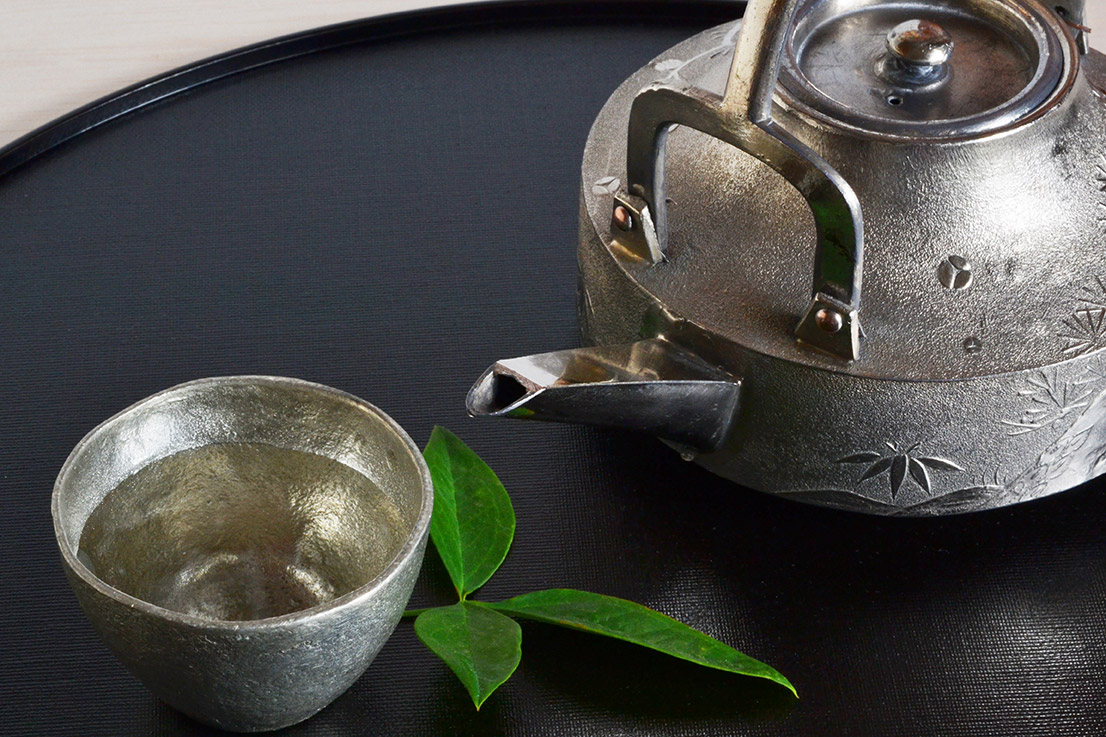
Tin Sake Ware
Lacquerware Sake Ware
Wooden Sake Ware
Next, this article will introduce diverse types of sake ware and common shapes.
[Main Types of Sake Ware]
●Hirahai (ひらはい・ひらさかずき)
A “hirahai” is a cup with a wide and flat mouth. Due to its wide rim, the aroma of the sake is easily released, allowing the full flavor of the sake to be enjoyed. Lacquerware hirahai are often used in ceremonies such as the san-san-kudo, and small ceramic hirahai are also commonly available on the market.
●Masu (升、枡)
Originally, a “masu” was a container used to measure sake, liquids, or grains. After the metric system became mainstream during the Meiji period, masu began to be used as sake ware. Made from cedar or cypress wood, which are associated with Shinto rituals, masu are considered auspicious items symbolizing “increasing fortune” and are often used during festive occasions like New Year’s. Additionally, when sake is poured into a masu, it releases a refreshing wood aroma, making it a wonderful choice for enjoying sake with a clean and crisp taste.
Hirahai
Masu
●Ochoko (お猪口) and Guinomi (ぐい吞み)
The most commonly used sake cups are “ochoko” and “guinomi.” Although there is no strict definition, an “ochoko” typically holds a small amount of sake that can be consumed in one gulp, while a slightly larger cup is called a “guinomi.” These cups can be made from various materials, including ceramic, lacquerware, glass, and tin.
●Glass
For chilled sake, a glass cup is the best choice. Glass cups have thin rims and are odorless, allowing the aroma and flavor of the sake to be directly enjoyed. Additionally, glass cups are ideal for appreciating the color of the sake, making them perfect for cloudy sake.
Ochoko and Guinomi
Glass
[Choosing by Shape]
● Bowl Shape
The most classic “bowl shape” sake ware is the most versatile type. It is suitable for any flavor and temperature of sake.
● Bud Shape
Similar to a tasting glass, the “bud shape” sake ware has a narrow mouth. This shape helps to trap the aroma, allowing for a deep appreciation of the rich fragrance and sweetness of the sake.
● Trumpet Shape
The “trumpet shape” sake ware, with its wide, upward-flaring mouth, is ideal for directly enjoying the nuances of sake.
● Straight Shape
Compared to other sake ware, the straight shape keeps the nose farther from the vessel, so the aroma does not spread as much, but it allows for a clean and refreshing taste. Some people find that sake which tastes too strong or difficult to drink in a bowl-shaped vessel becomes more enjoyable when drunk from a straight-shaped vessel.
Bowl Shape Sake Ware
Straight Shape Sake Ware

Bud Shape Sake Ware
Summary
This article briefly introduced the characteristics of various sake ware and provided some tips for choosing sake ware. Although both “ceramic” and “glass” sake ware are common, the unique characteristics of each piece can vary depending on the origin and maker. Some people even use wine glasses to enjoy sake. Since there are no fixed rules, finding your preferred pairing of “sake and sake ware” can be a fun experience. It is hoped that you will be able to develop your own distinctive style of drinking.
